|
George Enescu on Stamps |
Dedicated to Romanian Rhapsodies
George Enescu (known also under the French version of his name, Georges Enesco) was born in Liveni (present-day Enescu) in 1881. He was a renown Romanian violinist, pianist, conductor, and composer. He began study of the violin at the age of 4 and entered the Vienna Conservatory at 7 and the Paris Conservatoire at 13. Among his masters were the noted French composers Jules Massenet and Gabriel Fauré.
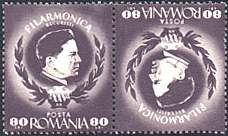 |
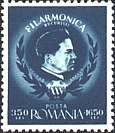 |
Enescu toured Europe as a violin virtuoso after 1899. In 1923 he made his debut as a conductor in a New York concert of the Philadelphia Orchestra; he conducted the New York Philharmonic in 1937-1938. Enescu was also a noted teacher; the violinist Yehudi Menuhin was his pupil. Enescu was considered the outstanding Romanian composer of his time.
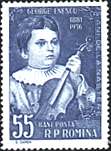 |
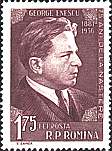 |
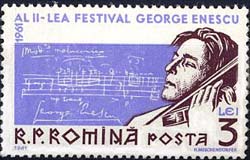 |
A versatile musician, he wrote in a number of styles: Romantic, Neo-Classical, atonal. His fame as a composer, however, rests on such works as the two Romanian Rhapsodies, in which he makes use of national folk melodies. His other works include the symphonic suite Poéma Româna (1898), three symphonies, chamber music, and the opera dipe (1936). After Microsoft Encarta, 1996.
|
|
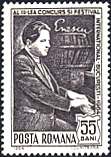 |
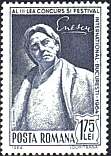 |
 |
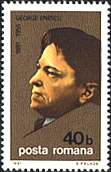 |
After World War II and the occupation of Romania by the Soviet troops, Enescu made Paris his home. The Romanian communist government confiscated his house and all his fortune in Romania. His name was during long years banished from the Romanian cultural scene and from the Romanian media as well. The last years of Enescu's life were financially very difficult, and he was often obliged to give up composing (his preferred occupation) and to appear in concerts.
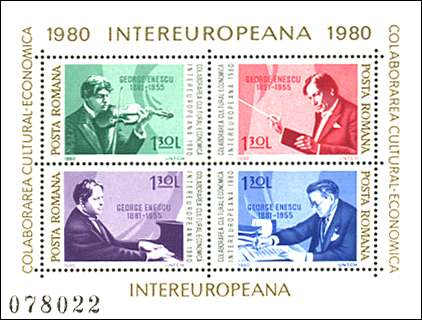
|
 |
After his death in 1955 he was "forgiven" for his alleged treason and quickly became a means of propaganda for the government. This explains the Enescu's International Music Festivals and Contests, organized in Bucarest, and also his portraits, that started to appear on stamps since 1956. Please move the mouse pointer over the stamps for more information about them.
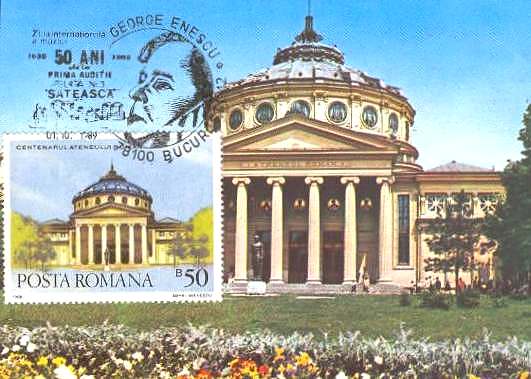 |
I still have in my memory the first Enescu's festival, and its biggest sensation for the Romanian music lovers (cut off for long years from the international musical scene) - the unexpected apparition on scene of the greatest violin players of that time, Yehudi Menuhin and David Oistrah. Menuhin came to render homage to his earlier teacher, and Oistrah was sent to Romania by the Soviet government. The artists played for us a masterwork, Bach's Concerto for Two Violins and Orchestra. Since then, this is forever my preferred violin concerto, and my preferred interpretation too. I can also remember that, being at that time just a boy, I have asked somebody what language were both artists (an American and a Russian) speaking on scene, after their performance. "Yiddish, of course", came immediately the answer.
